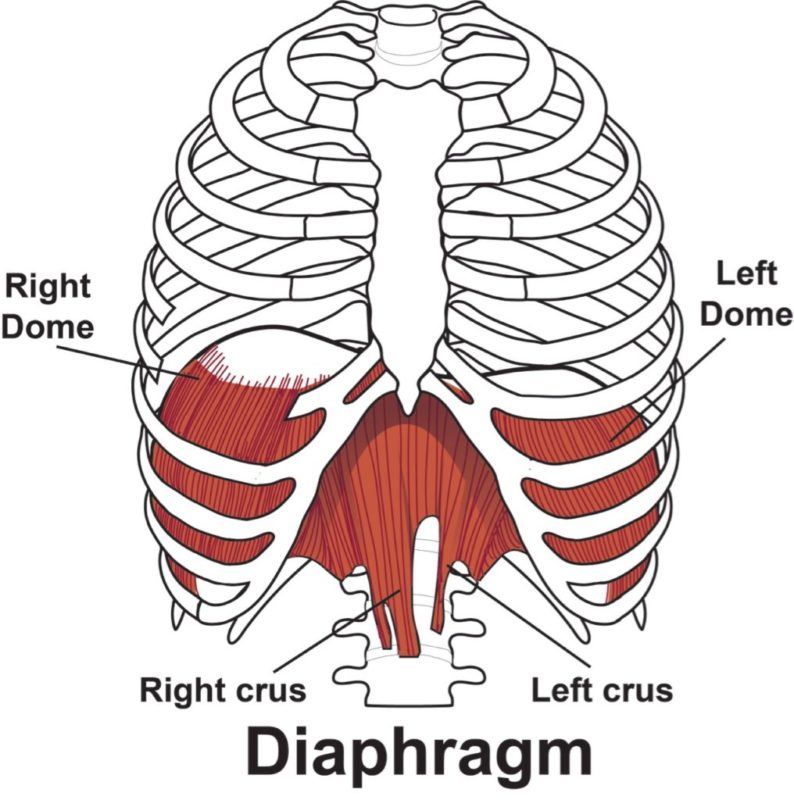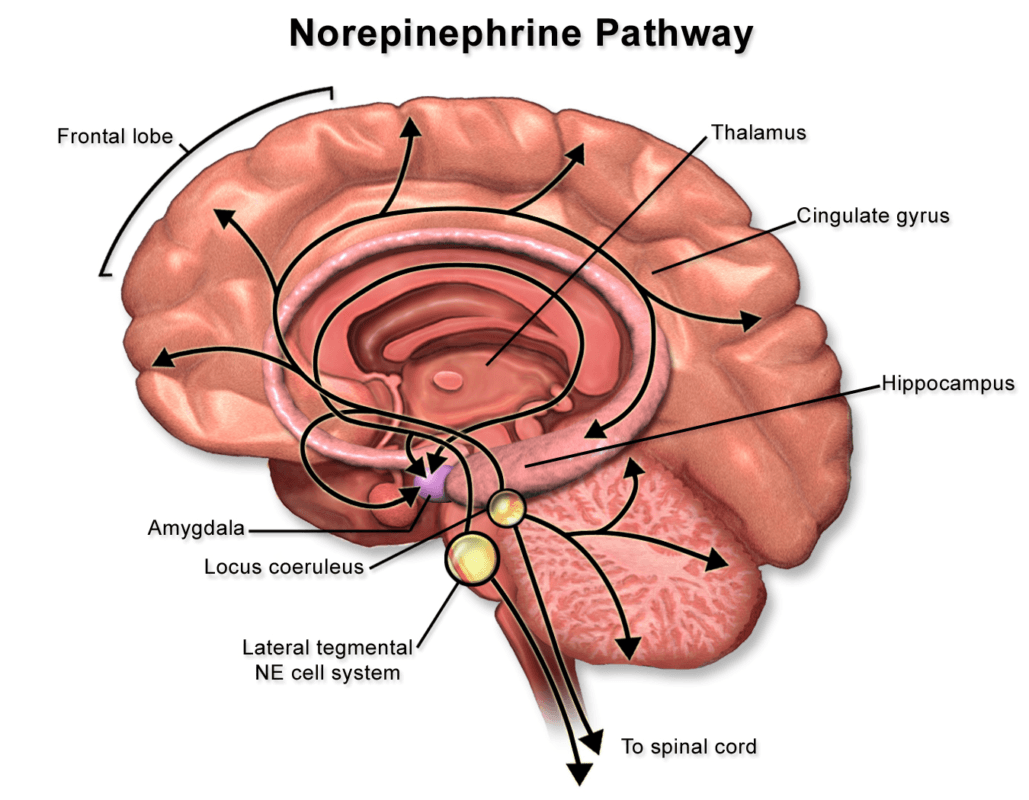Health & Rehabilitation
Mindfulness and pranayama techniques sharpen the mind
Ancient wisdom prevails again. Researchers at the Trinity College in Dublin have – for the first time – found a neurophysiological explanation for the link between breathing and concentration. This relationship has been considered common knowledge by yogi and pranayama teachers but could never be scientifically explained, until now.
How do mindfulness and pranayama improve our focus?
In the last few years, breathwork has found its way into the mainstream. Learning to control your breath unlocks many physical and mental health benefits, such as reduced stress and anxiety, lower heart rate, improved immune system and increased performance.
One of the challenges that breathwork faced from moving from the more spiritual realm into the medical journals was a lack of understanding how (and why) breathing affects the body and mind in such profound and powerful ways. The Yoga Sutras of Patañjali have already revealed this secret to the world thousands of years ago. Empirical evidence can be found every day by simply observing the practitioners of yoga, mindfulness and breathwork. But, without a logical explanation, science looks the other way.
This is why it is incredibly exciting that new studies reveal how breathing has a direct effect on the neurochemistry of the brain. The lead author of the study, Michael Melnychuck, PhD researcher on the Neuroscience of Pranayama at the Trinity College Dublin, clarifies:
“In the study we looked for a neurophysiological explanation to explain the claims of yoga practitioners of improved concentration and cognitive abilities through breath control. To do so, we measured breathing patterns, reaction speeds and the brain activity within a specific area of the brainstem, the locus coeruleus. This particular part of the brain is responsible for the production of noradrenaline (or norepinephrine. This hormone increases alertness, arousal and reaction time. Too much noradrenaline, and we lose focus while a lack of it results in feeling lethargic. A perfect balance of the hormone results in balanced emotions, clear thinking and strong memory”.
If you have already been experimenting with your breath, or with mindfulness and meditation, you should recognize the previously described symptoms. A short attention span and overactive brain is called a “Monkey Mind”, like a cheeky little monkey is running around causing mischief, and a sluggish mind is often described as having brain fog.

Brainstem activity linked to breathing cycle
The researchers noticed that the activity in the locus coeruleus coincides with the breathing cycle. As you breathe in, the activity slightly increases, while it decreases when exhaling. This not only solidifies the link between the respiratory system and focus, but also shows that it can be directly controlled by altering your breathing pattern. It opens the opportunity to synchronize your breathing for optimized concentration and cognitive ability.
The findings of the study have been published in the journal Psychophysiology under the title ‘Coupling of respiration and attention via the locus coeruleus: Effects of meditation and pranayama’ (full paper here). The researchers hope that follow-up studies will help with finding non-pharmaceutical solutions for people with ADHD, traumatic brain injury or compromised cognitive ability due to old age.

Mindfulness and pranayama techniques for a sharper mind
The researchers also noticed a difference between mindfulness and pranayama in terms of effectiveness. While mindfulness emphasizes focusing on the sensation of breathing, pranayama requires you to control your breathing.
As mindfulness makes no effort to control the breath, it could be more effective to combat a cluttered, hyperactive mind. Deep breathing practices like pranayama, on the other hand, provide a solution to poor attention as a result of being too deep in the parasympathetic nervous system (drowsiness and lethargy) or sympathetic nervous system (anxiety and stress).
Breath control is such a powerful tool as our lungs are connected to our heart, brain and other vital organs through the vagus nerve. It gives us the opportunity to directly influence our nervous system through our breath patterns, including our focus and concentration.
You can reap the benefits of this newfound knowledge right away and use mindfulness and pranayama techniques for a razor-sharp mind.

Breatheology Courses
Learn and master conscious breathing through our online breathwork courses. Discover how simple yet powerful breathing techniques can help reduce stress, improve your mental clarity, and boost your physical performance.
Free Breathwork Courses
Kickstart your breath training journey with our free, step-by-step breathing programs designed to help you improve lung capacity, manage stress, and build focus.
Advanced Breathwork Training
Take your breathing mastery to the next level with our advanced breathwork training programs. Build resilience, enhance your endurance, and unlock greater physical and mental performance.

